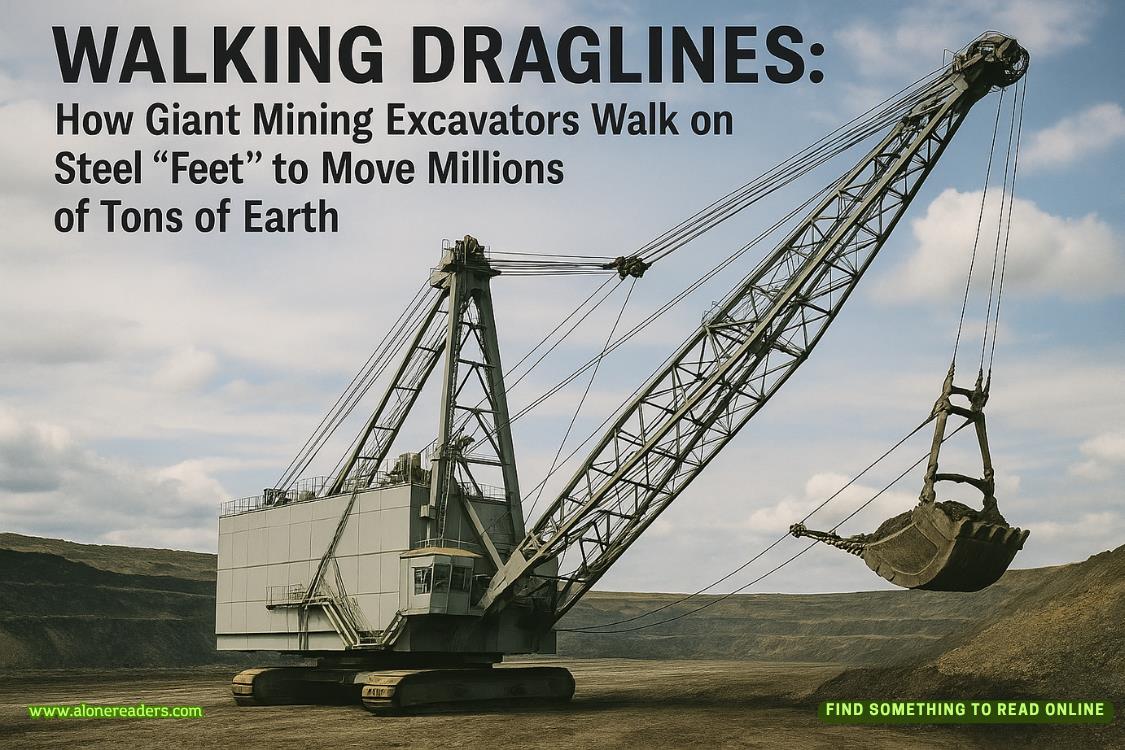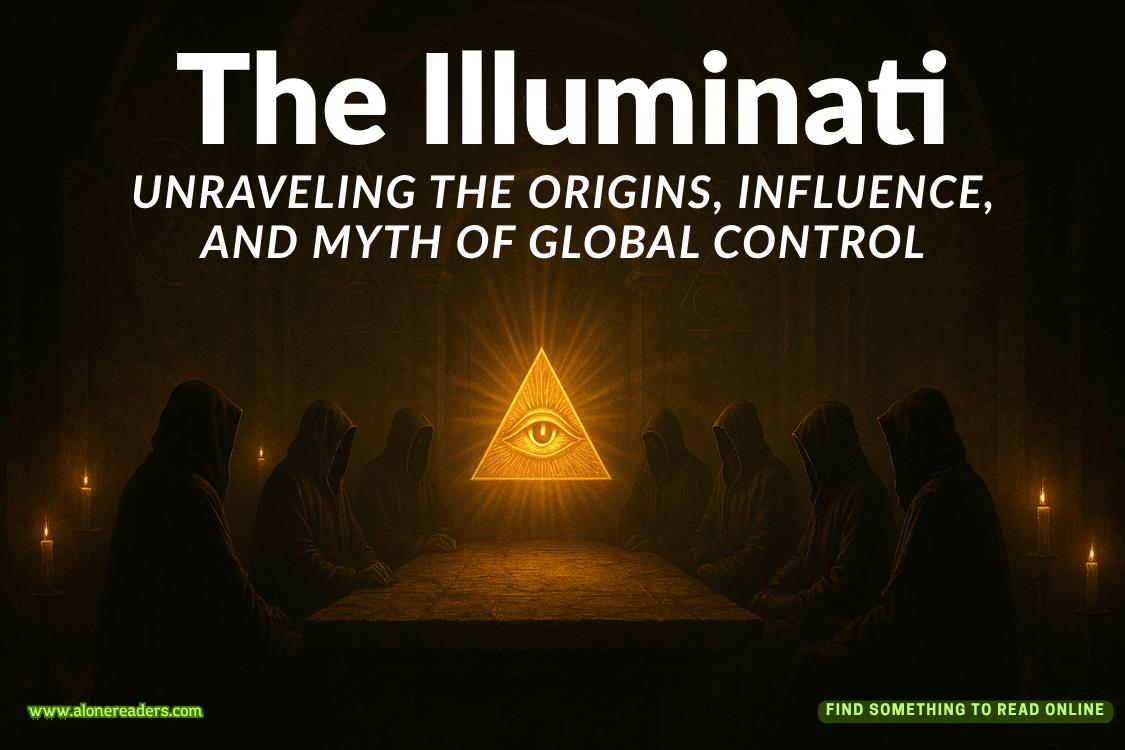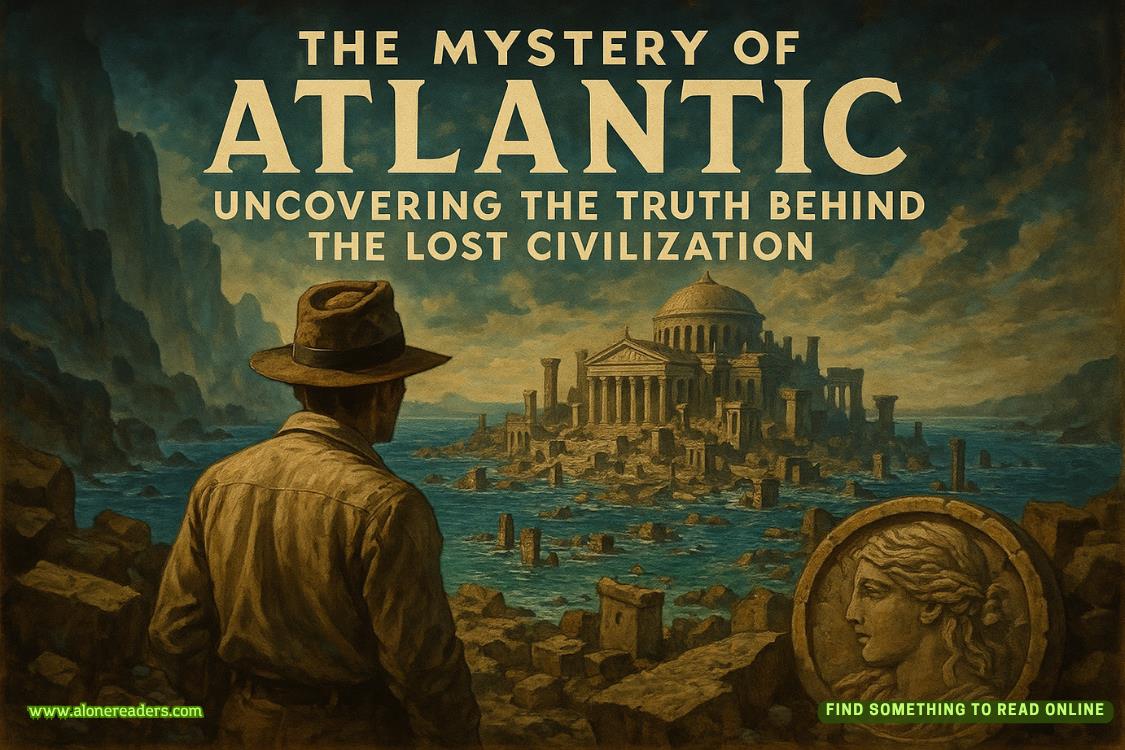“Calls to make.” I pause. These are calls for Erin to make. But I don’t add that to the memo. I hit record again. “Katrina Donovan. Summer Chamberlain.” I think about the article Laura Sanders sent on the skull. “William Duplantis, responding officer to the skull call. Something Higginbottom, lady from the historical society.” I pause, then add, “Judge Mac.” I force out an exhale and say one last name. “Johnny Adair.”
Johnny. How angry would a man be if he’d been wrongfully imprisoned in America’s bloodiest prison for over a decade? A place so awful that in 1951 thirty-one inmates became known as the “Heel String Gang.” In protest of the inhumane and harsh conditions at Angola, all thirty-one men sliced their own Achilles tendons.
Be careful, Rita.
I click off my voice memo, and as the exit for Natchitoches approaches, I make a last-minute decision.
I whip off the interstate at exit 138 and yield right. That’s when I notice the white sedan is behind me again. At least I think it’s the same sedan. I can’t see the driver, but the adrenaline in my veins saysstay alert.
I drive past Northwestern State University and follow my memory of this town to Front Street, a narrow cobblestoned road that runs adjacent to Cane River on one side and quaint shops on the other. I park my dad’s truck on a side street but the sedan turns off behind me and disappears.
I exhale. My conversations with Mulholland and Dom have me too on edge.
I hop out and head for a place I remember, Natchitoches’s meat-pie claim to fame, Lasyone’s. Popular with locals and school tours alike, it’s a place where I might be able to get information while having time to sit and think a minute.
The café is packed. The lunch crowd in full swing. Everyone from construction workers to nurses to men in suits. My gaze stops on the table of nurses. Their scrubs are mauve, not bright blue like the woman trespassing at Poison Wood. While I was trespassing at Poison Wood.
A woman with messy brown hair and tired eyes seats me at a four-top wooden table in the front room, opposite the swinging door to the kitchen. The restaurant is sectioned off like a house with different rooms. Simple tables sit on a redbrick floor, and atop each one is a red cardboard Coca-Cola holder with six slots. But instead of bottled Cokes, the slots are filled with salt, pepper, Louisiana Hot Sauce, and a jar of spicy peppers. The decor is finished off with brown wood paneling for wainscoting and a giant round clock on the wall to my right.
It looks exactly as I remember. The Poison Wood girls came here a lot in the four years I was there. We spent several Saturdays in this town, shopping on Front Street, touring the fort up the road, or taking horse-drawn carriages through town, where it seemed the main attraction was a house from a movie about magnolias I’d never even heard of.
I glance up at the extra-large circular clock above the iced tea station.
I pull out my phone and text Debby to see how my father is doing. Her response is one word:same.
An older woman with clear-blue eyes drops a large white plastic menu, boasting at the top about famous meat pies and crawfish pies, on the table. Unfortunately, there’s no cocktail list to go with it. Not that I need booze at almost one o’clock in the afternoon. But I’ve gotten used to having a cocktail after a day in the field, and today is definitely a day in the field.
She returns with a large clear plastic cup of water, and I order a meat pie even though I’m not sure if I’ll eat it. My eating habits don’t normally include fried pies with spicy meat inside, especially at lunch. Lunch annoys me. It interrupts the day, so I usually skip it. But reading this menu has my stomach growling, and the server informs me the meat pie comes with a salad too. So I can eat that. I get my dressing on the side.
I hear a counselor’s voice from Poison Wood asking if lunch was not to my liking. I’d learned early on to hide the food I didn’t eat in my napkin so they’d stop hounding me.
Of all the diagnoses I saw on those forms earlier, it’s what they didn’t say that strikes me. They didn’t talk about the one thing we all wanted and didn’t have: control. And what the staff didn’t realize was that we needed a way to get it back, a healthy way. We needed someone to show us how to get control, over ourselves and our decision-making.
It’s no wonder eating disorders topped the list on those forms. Controlling food was easy. It’s like we believed if we starved ourselves, we could somehow starve our ghosts as well. The problem is ghosts are always hungry.
I sip my water and shoot off a text to Carl to call me. My hand shakes as I tap in the message.
Heather was alive. And she’d reached out to me after discovering a skull was found at our old school.
I open my Notes app on my phone and start another list, things I need in my possession, sooner rather than later. The top of that list is the evidence from Heather’s case. I know someone who can help me with that, but I better make sure when I ask him I don’t trigger another heart attack.
Thinking about it twists my stomach into a knot, not just for him but for me. He’s the one who taught me about justice, the difference between right and wrong. There was no gray in Judge Meade’s world. He was confident and emphatic with his rulings. He was honored time and time again, his legacy on the bench legendary. But as I stare at my phone, I wonder if that legacy will hold up against a wrongful conviction.
I open a new note and quickly type out a timeline. Thanksgiving 2002—Heather disappears from Poison Wood. I look back on my phone and grab the date the skull was found from the article Laura Sanders sent me. February 7, 2019—skull found by old ladies. February 11, 2019—Laura Sanders reported missing by husband. Next I add, February 12, 2019—Laura Sanders’s body recovered. Then February 13, 2019—Laura Sanders identified as Heather Hadwick.
How the hell did Heather Hadwick disappear at the age of seventeen, stay off the grid, then reappear seventeen years later tangled in a fishing net off the coast of Key Biscayne? And then the follow-up question that is even more important—why?
Detective Mulholland said Laura’s maiden name was Smith.
I type Laura Smith into the search engine on my phone, and what looks like a thousand results appear. I narrow it down to Laura Smith, Miami, Marshall Sanders. And I add in Grey Wolf Capital just in case. A wedding announcement pops up from 2013. Laura Smith marries Grey Wolf Capital exec, Marshall Sanders. There’s a black-and-white photo of them on a beach. I zoom in and study her eyes, her nose, her neck. Had she had plastic surgery? The nose is always the giveaway. Nothing about this woman looks familiar.
The Heather I knew had red hair and puffy cheeks. But hair dye, surgery, and weight loss can do a lot to an appearance. I should know. And I wonder if I don’t recognize her because of that or because I buried my time at Poison Wood under an impenetrable layer of protection tougher than the red Louisiana clay.
Until now.
I zoom in more and look at her stomach. There’s a small bump. I think of the young girl at the crime scene. She looked to be about six. The timing for Laura’s wedding would fit.
My server returns and sets a plate down in front of me. I look down at it. No way I can eat all that. The meat pie is the size of a man’s shoe, and the salad could easily be shared by twelve people.















